Sustainability Initiatives
Sustainability initiatives are becoming a pivotal driver in the Commercial Laundry Equipment Market. As environmental concerns gain prominence, businesses are increasingly seeking eco-friendly laundry solutions that minimize water and energy consumption. The market is projected to see a shift towards machines that utilize less water and incorporate energy-efficient technologies. For example, equipment that recycles water or uses biodegradable detergents is gaining traction. This shift is not merely a trend but a necessity, as regulatory frameworks worldwide are tightening around environmental impact. By 2025, it is anticipated that sustainable practices will account for a significant portion of the market, as companies strive to meet both consumer expectations and regulatory requirements. This focus on sustainability is likely to reshape product offerings and influence purchasing decisions across the industry.
Technological Advancements
The Commercial Laundry Equipment Market is experiencing a notable shift due to rapid technological advancements. Innovations such as IoT-enabled machines and automated systems are enhancing operational efficiency and reducing labor costs. For instance, the integration of smart technologies allows for real-time monitoring and predictive maintenance, which can lead to a reduction in downtime. As of 2025, the market is projected to grow at a compound annual growth rate of approximately 5.2%, driven by these advancements. Furthermore, the adoption of energy-efficient machines is becoming increasingly prevalent, as businesses seek to lower operational costs while adhering to environmental regulations. This trend indicates a strong alignment between technological progress and market growth, suggesting that companies investing in modern equipment may gain a competitive edge.
Evolving Consumer Preferences
Evolving consumer preferences are significantly influencing the Commercial Laundry Equipment Market. As consumers become more discerning about the quality and efficiency of laundry services, businesses are compelled to adapt their offerings. There is a growing inclination towards services that provide faster turnaround times and superior cleaning results. This shift is prompting commercial laundry operators to invest in state-of-the-art equipment that meets these expectations. Market analysis indicates that the demand for high-performance machines is on the rise, with a projected increase in sales of up to 7% annually. Furthermore, the trend towards convenience and on-demand services is reshaping the landscape, as consumers seek laundry solutions that fit their busy lifestyles. This evolution in consumer behavior is likely to drive innovation and competition within the commercial laundry equipment sector, compelling manufacturers to enhance their product lines.
Growth of the Hospitality Sector
The growth of the hospitality sector is a crucial driver for the Commercial Laundry Equipment Market. As travel and tourism continue to expand, hotels and resorts are increasingly investing in commercial laundry solutions to meet the rising demand for clean linens and uniforms. The hospitality industry is projected to grow at a rate of 6% annually, which directly correlates with the need for efficient laundry operations. This growth necessitates the adoption of high-capacity, reliable laundry equipment that can handle increased volumes without compromising quality. Additionally, the trend towards personalized guest experiences further amplifies the need for impeccable cleanliness, thereby driving investments in advanced laundry technologies. Consequently, the hospitality sector's expansion is likely to sustain the momentum of the commercial laundry equipment market, fostering innovation and competition among manufacturers.
Rising Demand for Hygiene Solutions
In the current landscape, the Commercial Laundry Equipment Market is witnessing a surge in demand for hygiene solutions. This trend is largely influenced by heightened awareness regarding cleanliness and sanitation across various sectors, including healthcare, hospitality, and food services. As organizations prioritize hygiene, they are increasingly investing in advanced laundry equipment that offers superior cleaning capabilities. The market for commercial laundry equipment is expected to reach a valuation of USD 10 billion by 2026, reflecting a significant increase in demand for machines that can effectively eliminate pathogens and bacteria. This growing emphasis on hygiene not only drives sales but also encourages manufacturers to innovate and develop equipment that meets stringent health standards, thereby enhancing the overall market landscape.


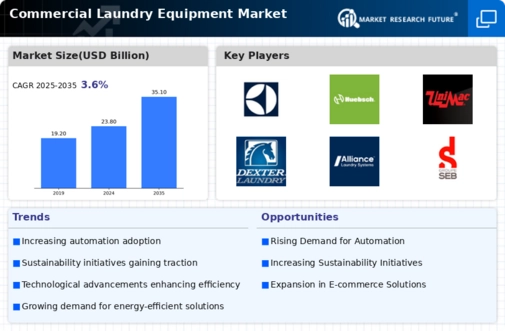
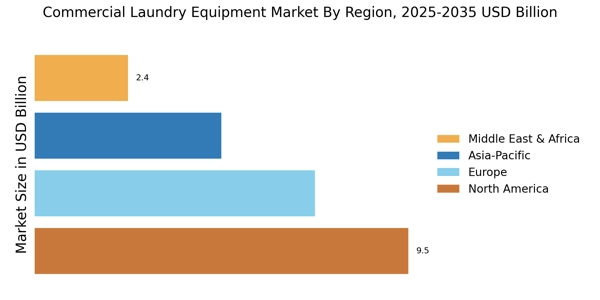
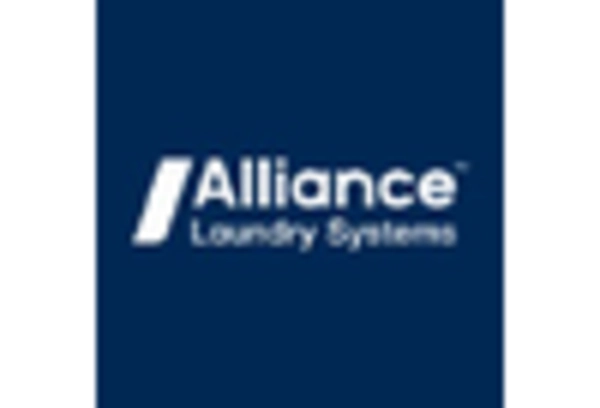
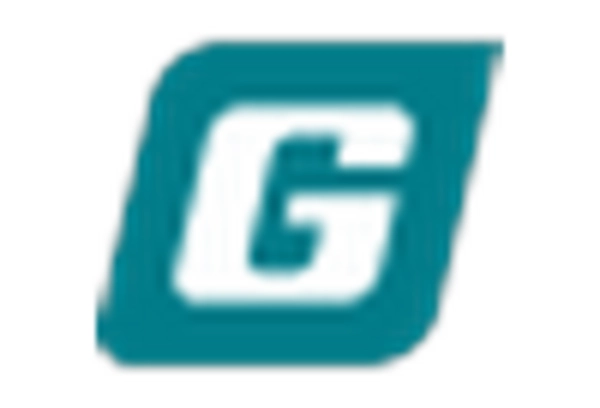
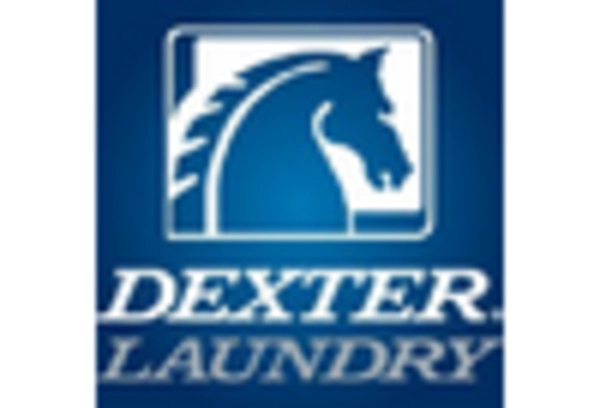
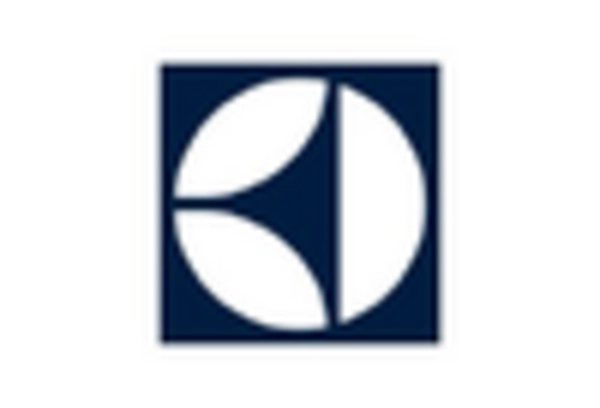
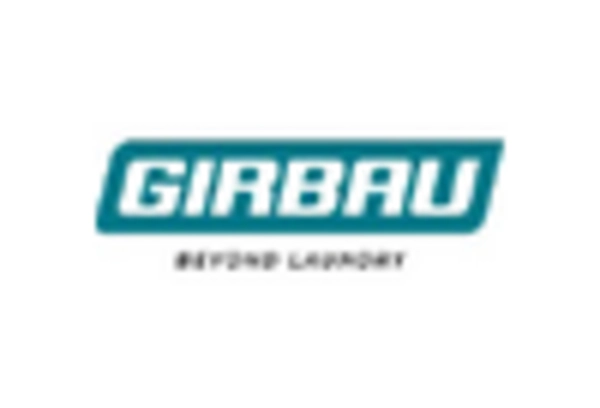
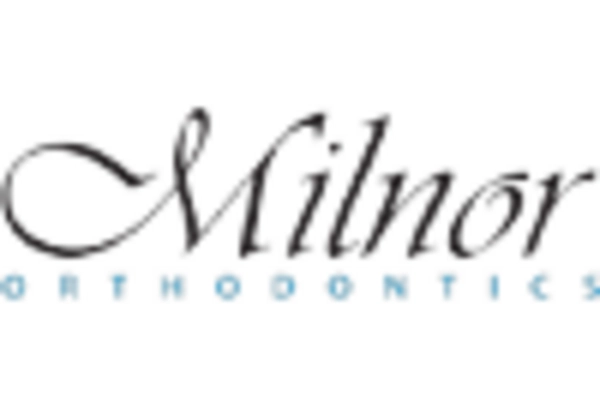








Leave a Comment